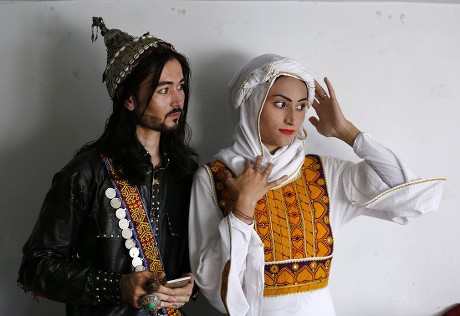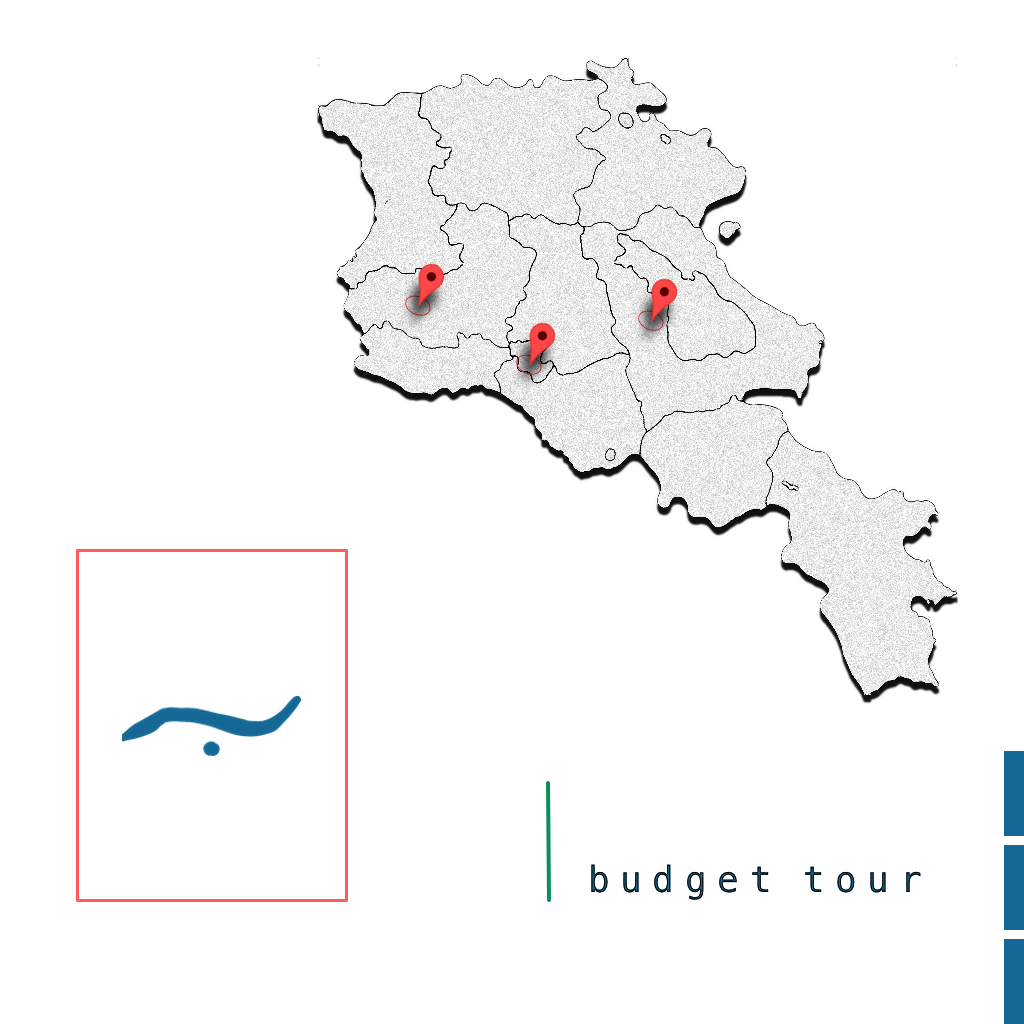When people hear about Afghanistan, the first images that often come to mind are conflict and hardship. But that’s only one part of the story. Afghanistan is also a land of poets and musicians, farmers and traders, mountain villages and bustling bazaars. Its culture is layered, resilient, and full of traditions that stretch back centuries.
Here are ten facts that shine a light on the Afghanistan that rarely makes headlines.
1. A Land of Many Peoples
Afghanistan is not one culture but many. Pashtuns, Tajiks, Uzbeks, and Hazaras are the largest groups, but there are also Turkmen, Baloch, and Nuristanis. Each has its own language, traditions, and folklore. Together they form a mosaic of ethnic diversity that shapes Afghan identity.
2. Faith at the Center
Islam is at the heart of Afghan life. It informs family traditions, festivals, and even the rhythm of the day, with the call to prayer echoing across villages and cities. For centuries, Afghanistan has been a center of Islamic thought and scholarship.
3. Poetry in the Blood
In Afghanistan, poetry isn’t just literature—it’s a way of life. From the mystical verses of Rumi, who was born in Balkh, to modern street poetry recited at gatherings, Afghans pass down history and values through spoken verse. Many villages have their own poets, and people often quote poetry in daily conversation.
4. Music as Storytelling
Afghan folk music carries centuries of memory. The rubab, Afghanistan’s national instrument, has a deep, resonant sound often accompanied by tabla drums and stringed lutes. Songs often retell love stories, heroic battles, or moments of grief—music as oral history.
5. Food of the Silk Road
Afghan cuisine reflects its position at the crossroads of empires. Kabuli pulao, the national dish, layers rice with lamb, raisins, and carrots. Mantu, steamed dumplings, show Central Asian influence, while bolani, stuffed flatbread, is a street food favorite. Meals are hearty, fragrant, and always shared with guests.
6. Mountains That Shape History
The Hindu Kush cuts through the country, with peaks soaring over 20,000 feet. These mountains are more than scenery—they’ve been natural fortresses for centuries, protecting villages and shaping trade routes. Travelers still call Afghanistan “the land of mountains.”
7. The Bazaars of the Silk Road
Before modern borders, Afghanistan’s bazaars were global crossroads. Merchants in Kabul, Herat, and Kandahar traded carpets, lapis lazuli, spices, and silks. Walking through a bazaar even today, you’ll find echoes of the old Silk Road in the smell of saffron and the glitter of gemstones.
8. The Bamiyan Valley’s Silent Giants
For more than a thousand years, two massive Buddha statues towered over the Bamiyan Valley. Though destroyed in 2001, the valley remains a UNESCO World Heritage site. Its caves, murals, and ruins tell the story of Afghanistan’s Buddhist past, a reminder of its layered history.
9. Hospitality as an Honor
In Afghan culture, welcoming a guest is a sacred duty. Visitors are offered tea, bread, and the best seat in the house, no matter how modest the home. To be a guest in Afghanistan is to experience generosity rooted in pride and tradition.
10. A Country of Contrasts
Afghanistan is ancient and modern, traditional and evolving. In one neighborhood, you might see elders debating under a mulberry tree, while next door young people stream videos on smartphones. This blend of old and new is what makes Afghanistan both complex and captivating.
Beyond the Headlines
Afghanistan is not an easy place, but it is a country of resilience. Its traditions, hospitality, and creativity have endured through centuries of change. To understand Afghanistan is to see both its struggles and its strengths—and to recognize the beauty of a culture that continues to survive, adapt, and inspire.



